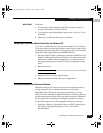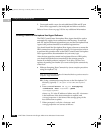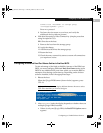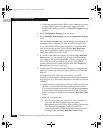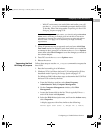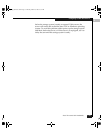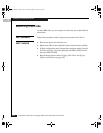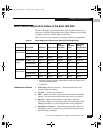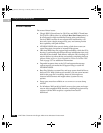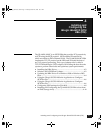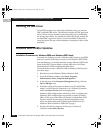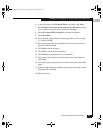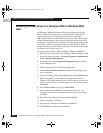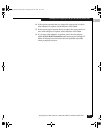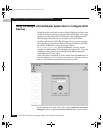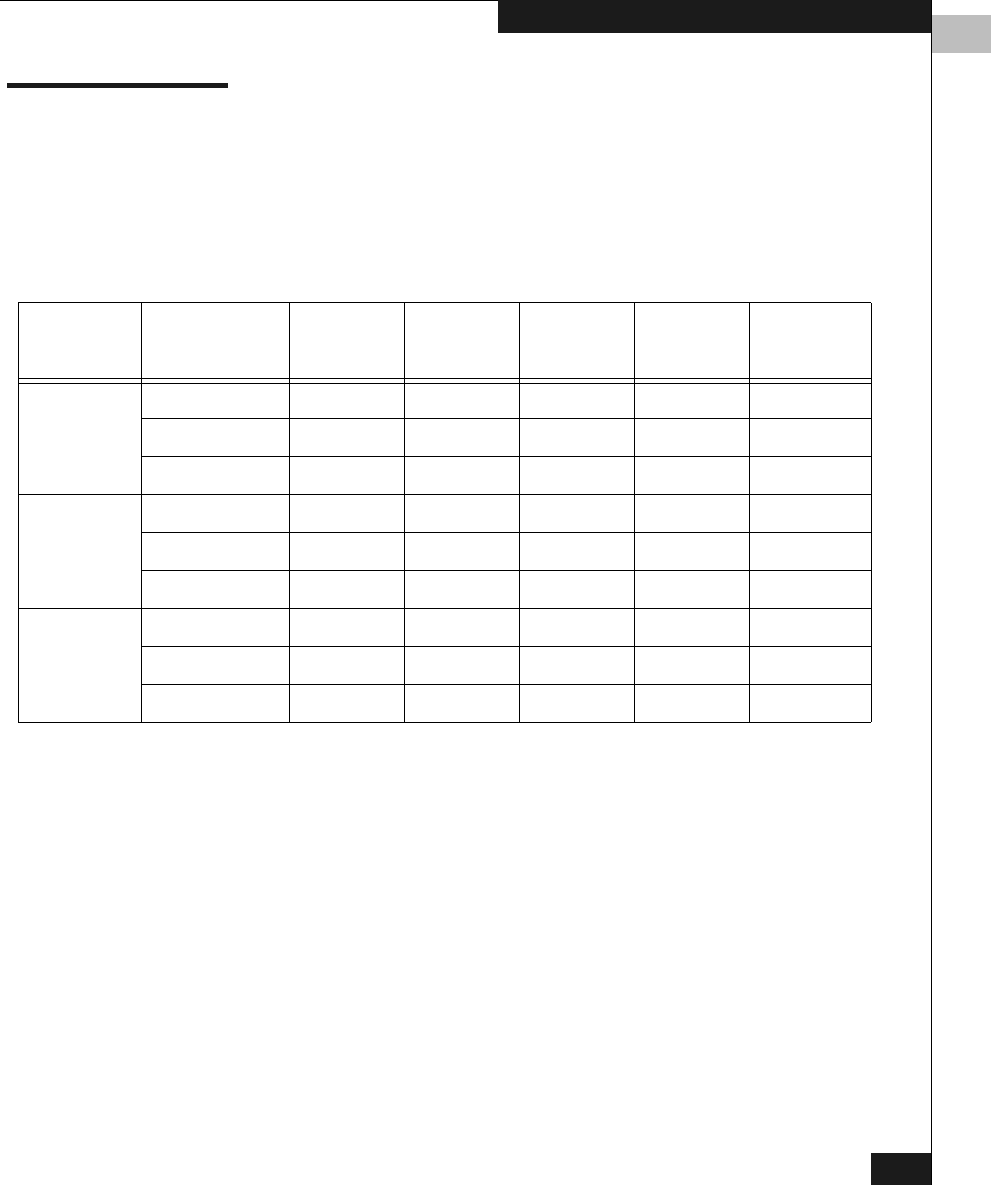
3
How a Server Responds to Failure in the Boot LUN Path
3-37
Configuring an EMC Boot Device
How a Server Responds to Failure in the Boot LUN Path
Failure in the path to a SAN-based boot LUN can halt Windows in a
fatal error condition. Depending on the failure, Windows may be able
to transfer control to another path and continue.
Table 3-1 shows server reactions to failures in different components.
a. Depending on the fabric configuration, if multiple switches are used, then this behavior would
qualify under the Multipath category.
b. CLARiiON only.
Explanations of Entries ◆ STOP Error (fatal blue screen) — Indicates host failure and
chance of data corruption.
◆ No boot — Cannot boot Windows.
◆ Halt — Windows cannot recover before system has completed
startup. (You must reboot and follow the power-up scenario.)
◆ Manual — Manual intervention is required to continue.
(Typically, initiate a LUN trespass using CLI or Manager. With
Manager, enable LUN Auto-Assignment in LUN properties.)
◆ Multipath or Tre spass — This automatic operation allows no
disruption of service. (The delay caused by this operation may
affect Windows stability.)
Table 3-1 Server Response to Failure in the Boot LUN Path (Single Fault)
Configuration Server State HBA Failure Switch Failure
Boot
SP/Director
Port Failure
Boot
SP/Director
Failure
Catastrophic
Storage
System Failure
2 or more HBAs,
failover software
Windows running Multipath STOP error
a
Multipath Trespass
b
STOP error
Windows booting Halt Halt Halt Halt Halt
Power up Multipath No Boot
a
Multipath Manual No Boot
1 HBA, failover
software
Windows running STOP error STOP error Trespass Trespass
b
STOP error
Windows booting Halt Halt Halt Halt Halt
Power up No boot No boot Manual Manual No boot
1 HBA, no
failover software
Windows running STOP error STOP error STOP error STOP error STOP error
Windows booting Halt Halt Halt Halt Halt
Power up No boot No boot No boot No boot No boot
QLogic_Windows.book Page 37 Thursday, March 10, 2005 10:31 AM



